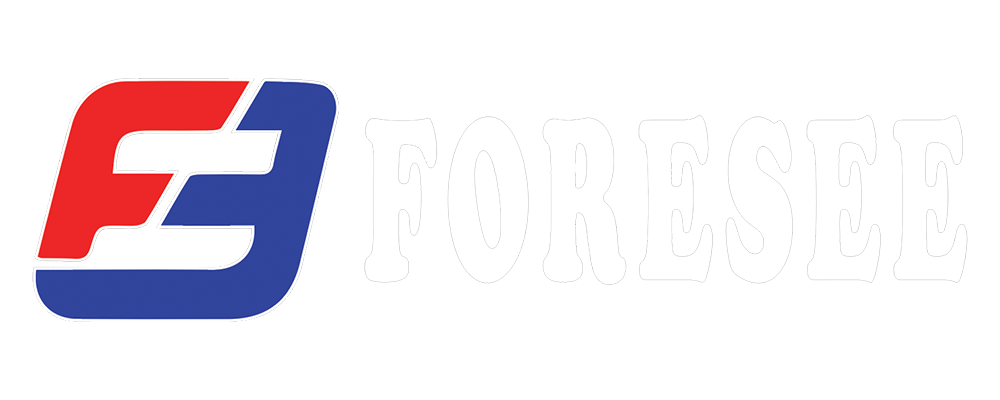Selecting the correct size of welding rod or wire involves considering several factors related to the welding process, the materials being welded, and the specific requirements of the job. Here are the key considerations:
1. Material Type
- Base Metal: The type of material you are welding (e.g., mild steel, stainless steel, aluminum) influences the choice of welding rod or wire. Each material has specific rods or wires designed for it.
- Thickness of Base Metal: Thicker materials require larger diameter rods or wires to provide adequate filler material and ensure strong welds.
2. Welding Process
- Shielded Metal Arc Welding (SMAW)/Stick Welding: Common rod diameters range from 1/16" to 1/4". The choice depends on the material thickness and the amperage capabilities of your welding machine.
- Gas Metal Arc Welding (GMAW)/MIG Welding: Wire diameters typically range from 0.023" to 0.045". The material thickness and the type of joint influence the wire size.
- Flux-Cored Arc Welding (FCAW): Similar to MIG welding, but the wire contains flux. Wire sizes usually range from 0.030" to 0.045".
- Gas Tungsten Arc Welding (GTAW)/TIG Welding: The rod diameter typically ranges from 1/16" to 3/32". The base metal thickness and type of weld determine the size.
3. Joint Design and Welding Position
- Joint Design: Different joints (e.g., butt, lap, corner, T-joint) may require different rod or wire sizes to ensure proper penetration and filler material distribution.
- Welding Position: Overhead or vertical welds may require smaller rods or wires to maintain control and avoid excessive weld pool.
4. Welding Machine Capabilities
- Ensure your welding machine can handle the selected rod or wire size in terms of amperage and voltage settings. Larger rods or wires typically require higher amperage.
5. Manufacturer Recommendations
- Consult the manufacturer’s guidelines for recommended rod or wire sizes for specific materials and welding processes. These guidelines often provide detailed information for optimal performance.
Practical Guidelines
Here are some general guidelines for selecting welding rod or wire sizes:
Stick Welding (SMAW)
- 1/16" to 3/32" rods: Light sheet metal, thin materials.
- 1/8" rods: General-purpose welding, medium thickness materials.
- 5/32" to 1/4" rods: Thick materials, heavy-duty applications.
MIG Welding (GMAW)
- 0.023" wire: Thin sheet metal (up to 1/8").
- 0.030" wire: Light to medium thickness materials (up to 1/4").
- 0.035" wire: Medium thickness materials (up to 3/8").
- 0.045" wire: Heavy materials (over 3/8").
TIG Welding (GTAW)
- 1/16" rod: Thin materials, precise welds.
- 3/32" rod: General-purpose welding, medium thickness materials.
- 1/8" rod: Thick materials, heavy-duty applications.
Example Calculations
To illustrate, let’s consider a specific example:
Welding 1/4" Mild Steel
- Stick Welding: Use a 1/8" 7018 rod, suitable for a broad range of applications and providing good penetration and easy handling.
- MIG Welding: Use 0.035" ER70S-6 wire, suitable for achieving good penetration and smooth welds on medium thickness steel.
- TIG Welding: Use 3/32" ER70S-2 rod, providing good control and adequate filler material for medium thickness steel.
Always conduct test welds and adjust your settings based on the performance and quality of the welds. Ensuring proper preparation, cleanliness, and technique will also significantly impact the quality of the weld.

Recent post